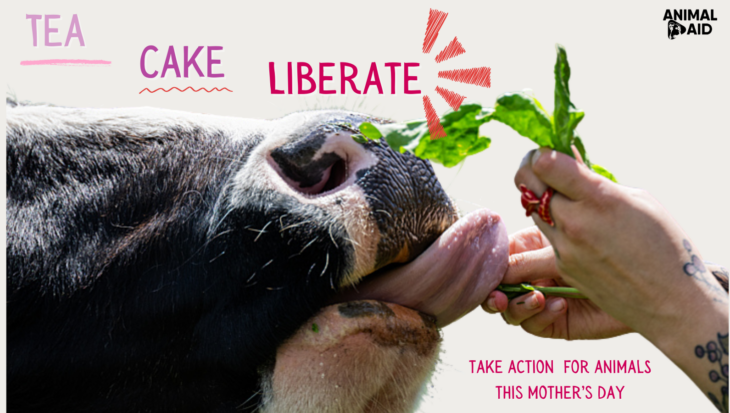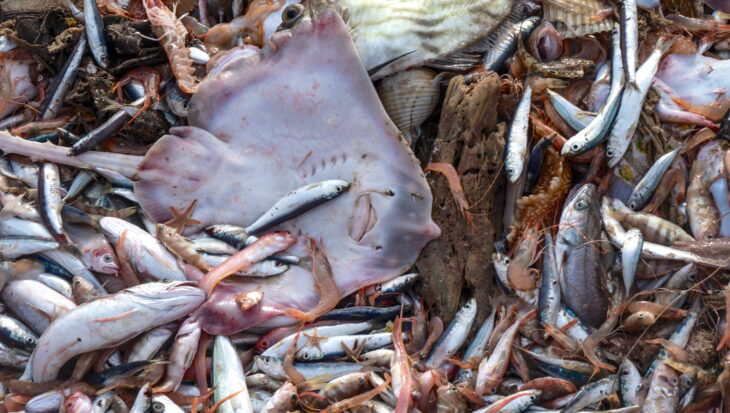Tea, Cake, Liberate for all the animal mums on Mother’s Day!
Discover the stories of the mothers trapped inside different animal industries, and how you can help stand up for them this Mother’s Day
Posted 27 Mar 2025

Posted on the 7th June 2016
This week, a grotesque new chapter in the genetic modification of animals hit the headlines. Employing a new ‘wonder gene-editing tool’, pigs are being used to grow organs for transplantation into humans.
Apart from the numerous ‘mechanical weaknesses’ in this proposed remedy to the human organ shortage, the programme of research will result in terrible suffering for animals. Already animals have been bred without hearts and without skeletal muscle or blood vessels.
The new gene-editing technique, called CRISPR (clustered regularly interspaced short palindromic repeats), is being heralded as the gateway to potential cures for numerous medical conditions. CRISPR is reported to be ‘so cheap and easy that thousands of labs are already using it for research’1. Panorama on BBC1 on Monday 6th June extolled its supposed virtues claiming that pigs could be used to produce organs for transplantation into humans2. The small amount of footage shown from the US research unit revealed a poor sow laying on a bare, barren floor, with no visible bedding, waiting for the day when her offspring will be cannibalised for their organs.
In the current round of experiments, CRISPR is being used to manipulate pig embryos, so that they do not develop a pancreas. These embryos are then injected with human stem cells in the hope that they will fill the pancreas-shaped space in the animal and thereby create a ‘human pancreas’. The mixed-species embryo will then be transplanted into a sow and after the resultant piglet has grown to the required size, his pancreas will be removed for transplantation.
Animal Aid Director, Andrew Tyler, was interviewed on the Jeremy Vine radio show3 and described how those involved in this absurdly ambitious, overhyped research programme treated the body as if it is ‘biological Lego’.
The attempts to harvest pig organs for human transplantation go back more than 30 years. A series of headlines since has promised that the solution, to the human organ shortage, is just around the corner. And yet the CRISPR programme shows no signs of having removed the age-old problem of organ rejection and of serious disease being passed from pigs to humans. In addition, a major new problem is presented by CRISPR itself: despite the imminent ‘miracle cure’ headlines, observers are predicting that ‘years of animal tests will be needed to ensure that CRISPR-based gene therapy is safe enough to try in people’ and that ‘unexpected problems will almost certainly arise when human trials begin’4.
It is clear, however, that there is no end to the ambition that CRISPR has unleashed in some researchers. One US scientist reportedly has plans to transform the endangered Indian elephant into a woolly mammoth, or something similar. Other researchers are attempting to ensure that beef cattle produce only male or male-like offspring (as these carry more meat)5.
Animal Aid’s fears that this system amounts to the worst kind of medical adventurism have found an echo. An article on the accuracy of CRISPR stated ‘Before it can be a successful treatment or cure, however, gene editing must solve a thorny problem: How to ensure that the edits in DNA are made in the right spots? Go off target, and the genetic manipulation could have serious consequences’.6.
Discover the stories of the mothers trapped inside different animal industries, and how you can help stand up for them this Mother’s Day
Posted 27 Mar 2025

Join us this week on March 29th for the Ninth ‘World Day for the End of Fishing and Fish Farming’. Together, we’ll delve into the critical issues surrounding the catching and farming of fish, and...
Posted 25 Mar 2025
